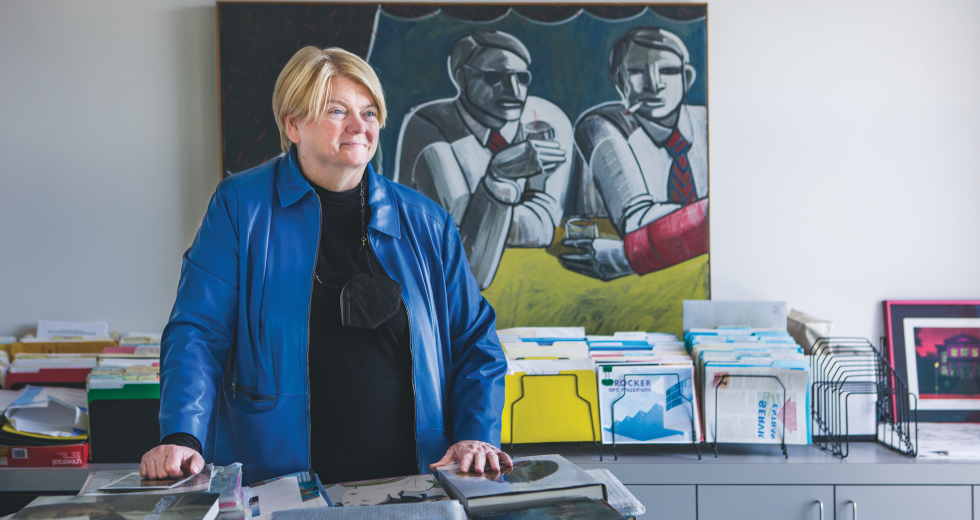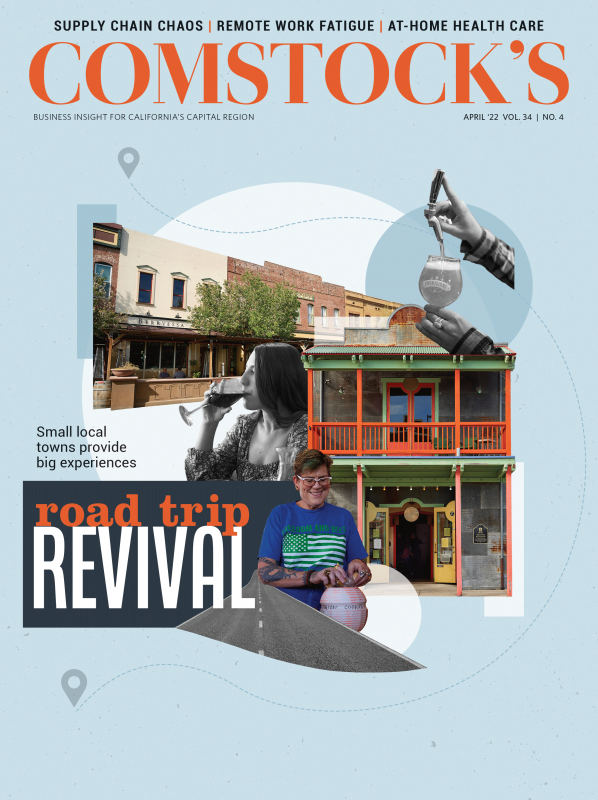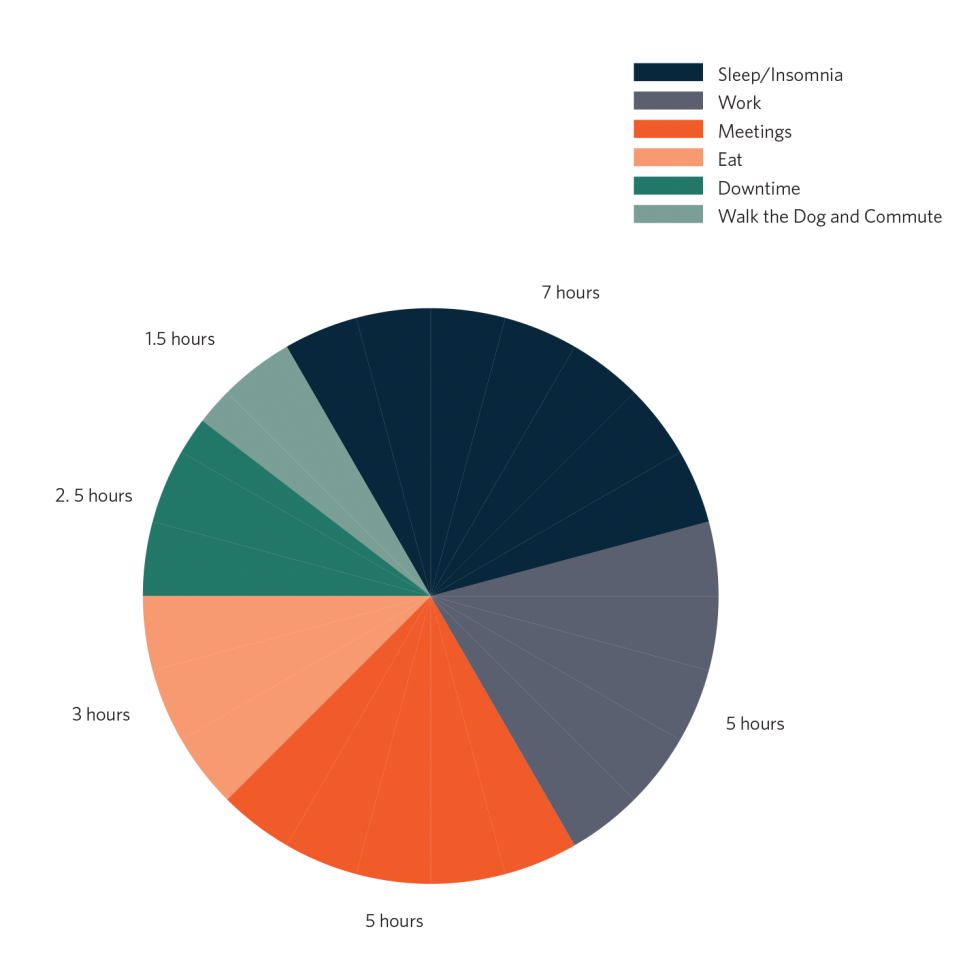For lovers of art, it’s the ultimate dream job: running the Crocker Art Museum. “My hobbies and my work are so intertwined,” says Lial Jones, Crocker’s CEO. “I am a professional in a field that many people consider a leisure activity.” She knows it’s a rare and special gig.
That said, running a museum is very much a business. Or many businesses. “What most people don’t understand is that museums are actually lots of different businesses under one roof,” Jones says. Just a partial list: the exhibitions themselves, a retail store, catalog publishing, facility rentals to companies and studio art classes.
Perhaps you imagined a glamorous, indulgent workday of being inspired by art. Here’s the reality.
3AM – Insomnia. Reads email or plays solitaire.
5AM – Falls back to sleep (hopefully).
7AM – While still in bed, Jones reaches for her iPad and checks her email. This daily ritual is never skipped. “Weekends, vacations; this is the one thing that happens absolutely every day,” she says. She consumes industry-specific news (often via newsletter) such as ArtNews, Hyperallergic and Art Fix Daily in addition to The New York Times and The Washington Post.
8AM – Takes her “pandemic puppy” (technically, a pandemic geriatric poodle) for a walk, then grabs a quick breakfast and commutes to work.
9AM – Weekly senior leadership meeting. She jokes these are “rambling meetings that drive everybody crazy,” but are important for mapping short-term tasks to long-term goals — crucial as the exhibits are planned three to five years out.
11AM – Desk work, which often means overseeing an ocean of details. “Exhibitions are something people think just appear,” Jones says, but if an exhibit involves 100 pieces, that’s 100 different relationships that need to be built. That means correspondence, paperwork and sorting insurance policies. “It becomes very mundane in some ways. But the mastery of all these tiny details are what helps the exhibitions look seamless to the public.”
12PM - Lunch with a member, then a visit to the Coordinates: ICE PAC art installation at the former PACSAT satellite news broadcast headquarters that ran in March. Excursions like this have been rare, especially during COVID. “I’d like to say that half of my time is spent looking at art, but that would be a gross exaggeration,” she says. “I don’t know what the exact percentage is, but if I could get it up to 10 percent that would be more than I’ve been doing the last couple of years.”
1PM – Back to the office. One thing Jones does every day is review the incoming donations, which is part of the museum’s financial controls. “We’re an institution that’s basically kept afloat because we provide services that people are willing to give donations towards,” she says, so she feels an extra responsibility to be fiscally conscious.
2PM - More meetings, such as with a consultant about new software, or a Zoom meeting with upper-level donors.
4PM – Back to the desk and managing details. Another example: Given all the moving parts of the museum’s many events, a good chunk of Jones’ job is to analyze the schedule (which spans up to five years) to ensure there are no conflicts. Or as she puts it, “Traffic copping is what that is.”
6PM – Walks her dog. “Daily dog walks get me outside and are the one thing I can’t say no to.”
7PM – Dinner. “My partner and I have a weekly dinner with a close friend who also happens to be a wonderful chef. I don’t love to cook myself, but love that others do!”
8PM – Downtime, often a bit of TV bingeing as a form of escape. “I tend to find a series and then I’ll watch the entire series.” She recently enjoyed “Pieces of Her” starring Toni Collette.
10PM - Gives her poodle the final walk of the day.
11PM – Drifts off to sleep.
Favorite to-do list system:
“I don’t have one. Which isn’t to say I haven’t tried many. Despite being very pattern-oriented I’m not a good systems person. Some might call me organizationally impaired.”
How she stays focused:
“I was an only child and entertained myself a lot. I think that gave me an amazing capacity to focus. I can sit working on something for hours, even taking breaks, eating, but staying mentally engaged in the project.”
The one thing she wishes she has more time for:
“Looking at art.”
–
Stay up to date on business in the Capital Region: Subscribe to the Comstock’s newsletter today.
Recommended For You
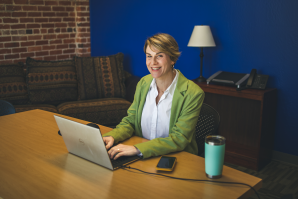
Work It: Evan Schmidt
A glimpse into the daily life of Valley Vision CEO Evan Schmidt
Each issue, we dig into the working habits of a top executive in the Capital Region, providing insight into how they get things done.
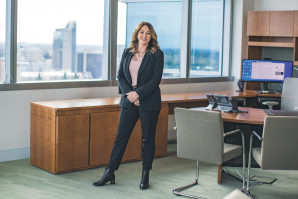
Work It: Cassandra Lichnock
A glimpse into the daily life of the California State Teachers’ Retirement System’s CEO
From deep analysis in the morning to the occasional hike in the evening, here’s how Cassandra Lichnock structures her days as CEO of CalSTRS.
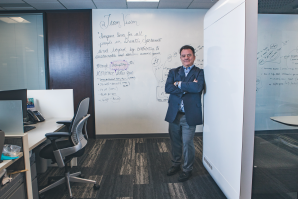
The Way We Work: Barry Broome
A glimpse into the daily life of the Greater Sacramento Economic Council’s president and CEO
From posing in hot yoga class to pitching new business, here’s how Barry Broome structures his days as CEO of the Greater Sacramento Economic Council.

The Way We Work: Kelley Cowan
A glimpse into the daily life of Kelley Cowan, director of the Sacramento Region for XL Construction
In The Way We Work, we track the routines of local executives. Here’s how Kelley Cowan oversees multiple construction projects.
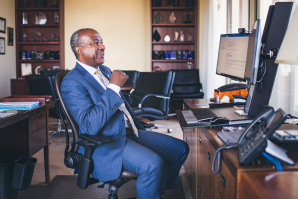
The Way We Work: Gary S. May
A glimpse into the daily life of the UC Davis chancellor
In The Way We Work, we track the routines of local executives. Here’s how UC Davis Chancellor Gary S. May runs a campus of 39,000 students.

Work It: Dr. Janine Bera
A glimpse into the daily life of the WellSpace Health chief medical officer
As an extrovert, Dr. Janine Bera thrives on connection to her team and caring for her patients. Here’s how the chief medical officer of WellSpace Health structures her days.



